#kilmartin glen
Text
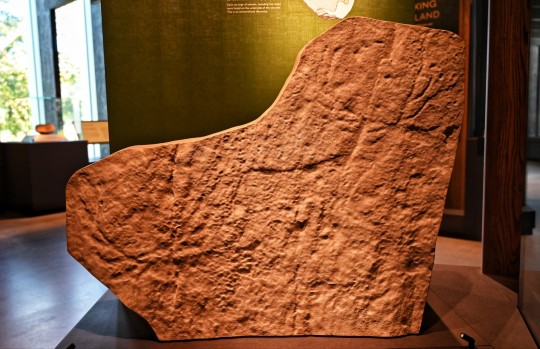


Cast of the Prehistoric Art from Dunchraigaig Prehistoric Cairn Interior, Kilmartin Museum, Kilmartin Glen, Argyll, Scotland
#ice age#stone age#bronze age#copper age#iron age#prehistory#paleolithic#mesolithic#neolithic#calcholithic#prehistoric#archaeology#rock art#symbols#cairn#burial chamber#burial mound#burial ground#ritual#kilmartin glen#argyll#Scotland#ancient craft#ancient sites#elk#stag#wildlife
227 notes
·
View notes
Text
Rock art found in Kilmartin Glen; Scotland has raised intriguing questions about Bronze Age technology. Depictions of copper flat axes have been found at the site but few axes themselves have been found.
26 notes
·
View notes
Text
Day Fifty-one




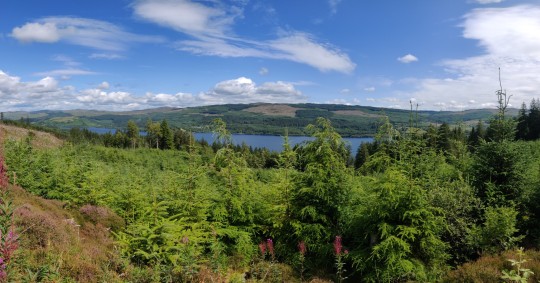
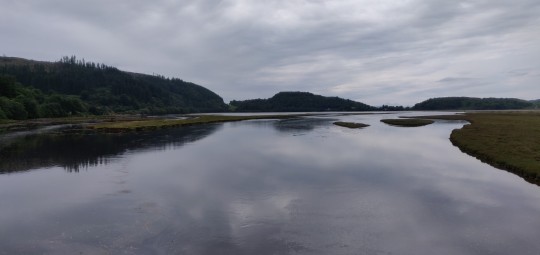


After a very soggy day yesterday, and rain against the tent to sing me to sleep, I emerged this morning to a clear blue sky with the sun shining above the mountains and eagles crying overhead. Good morning!
Out from the green fields full of sheep and cattle, it's a short ride further to dip into the town of Taynuilt to use the facilities. Unfortunately, this is one if the very rare occasions where the water in the sinks at the public convenience are not suitable for drinking. Oh well! I have enough for the morning still, andcan sort that out later.
A short ride down the A road and the bike trail turna off to begin climbing up into Glen Nant National Forest. It's a beautiful tree-lined road but with some stiff climbs up through the valley, and the going isn't quick.
The slow going does mean I do at least spy a couple of red squirrels darting about to the side of the road. Nice!
After more work uphill the road finally gives a zooming downhill and around the corner emerges the impressively and aptly named Loch Awe, a 25 mile long body of water surrounded by forested hills.
And whilst those hills are very pretty themselves, it means a lot more work for the legs! Whilst there are some shorter ascents at first, the climbs begin in anger around Coillaig, with two big steep hills to slog up iver the course of the west side of the loch.
Around the top of the first hill I spy a nice looking stream bubbling its way downhill through the trees next to a layby, and with it hitting lunchtime I break out my water purification gear and get my water carriers filled up whilst getting some fuel in.
A very sharp descent takes the road racintback down level to the water for a flatter cruise past Dalavich, which offers a welcome break from the gradients.
It's only a short respite though, as the climb up through the trees befins in earnest once more, and despite the gathering clouds and wind taking the heat away from the air it's sweaty work despite the beautiful views.
Finally the hill is summited and begins a long, winding dive down to the end of the loch past Torran Bay and out into some nice country lanes.
There are some mild gradients present but after all the hills over the last few weeks, suddenly I'm riding along some lovely flat roads again! The Highlands were beautiful, stunning, and countless other descriptors, but the hills had become quite Sisyphean at this point, so getting some flat terrain now is a joy.
Onward! There's a brief spell if A road to contend with leading into Kilmartin, but it's not too horrible and I have a brief rest of the legs by the town itself, before the trail leads back off into the countryside.
A lovely long, flat, smooth stretch of road across Moine Mhor National Nature Reserve gives some nice therapeutic riding as the miles start to get eaten up, before a left turn at Bellanoch to something I haven't seen in months.
A canal towpath! The trail heads along the canalside here, up a short flight of locks and then it's time for a nice stretch of fully non-traffic flat riding, with the path surrounded by blooming flowers.
Those who know me know that I'm very fond of canals and so after the tough hills earlier, this is a great payoff to the effort of the day.
It's a lovely few miles ridden along here with swallows swooping over the water as I ride past Cairnbarn and spy a nice picnic bench by Lochgilphead which serves perfectly as a spot for a late dinner.
A few spots of rain begin to appear as I'm finishing up, and a check if the forecast shows a lot of rain heading in shortly, so I decide against heading on and get the tent pitched up by the canalside rather than have to setup in the pouring rain later. The timing proves fortuitous as the drops start to intensify just as I'm throwing my gear into the tent, and I dive in to get out of the weather for the rest of the evening.
Not too bad a day all told! I've been particularly happy to have had aome good stretches of flat ground to charge along. The weight on the bike does mean that steeper gradients make for damn hard work, and the last few weeks have had them in abundance. I'm sure I'll be facing plenty more yet, but it's been pleasing to have had some good stretches without them for a change.
TTFN!
2 notes
·
View notes
Text
Scotland Trip Itinerary
Day 1, Aug. 1: Dalgety Bay, walk through Long Park to Town Centre, meal at Louie Brown's
Day 2, Aug. 2: visit to Rosslyn Chapel and brief walk to Rosslyn Castle ruins then to Cramond and back to Dalgety Bay;
Day 3, Aug 3: by bus to Edinburgh for wander, visited the Royal Mile and the John Knox House. Lunch and bevy at Deacon Brodie's before tour of Mary King's Close. Walk to Grayfriar's Bobby and church; back via Princes St. and Rose St. to bus stop on Queensferry Rd;
Day 4, Aug. 4: Cowden Japanese Garden, tour and lunch, then walk to Dollar Glen to view Castle Campbell;
Day 5, Aug. 5: to Paisley to visit Friends. Went to the highlands and a great pub.
Day 6: Toured Glasgow and went to the tenement museum.
Day 7: Ferry from Gourock to Dunoon, visit friends. We had car troubles, but got those fixed then on to Puck's Glen and Jubilee Point, then to Cairndow for overnight stay and dinner at the Cairndow Stage Coach Inn;
Day 8: to Inverary, visit jail; get new spare tyre; on to Kilmartin to see standing stones and Pictish carvings; then on to view Stalker Castle of Monty Python fame and then to Oban; night ar the Muthu Alexandria Hotel, best fish and chips and then drunken evening in The View and in hotel bar;
Day 9: on to Fort William then to Spean Bridge, Dalwhinnie and Blair Atholl where we stayed in the Blair Atholl Arms Hotel, had dinner in the cozy bar and then breakfast in the dining hall next morning;
Day 10: Visited Blair Atholl Castle and gardens then back to Dalgety Bay via Pitlochry (where we lost each other), fish ladder, lunch, walk to The Hermitage at Dunkeld where we went into the Duke of Argyll's folly;
Day 11, Aug 11: Lazy day in preparation for night at The Tattoo. Bus to Edinburgh and side trip to Edinburgh pharmacy before a drink at Deacon Brodie's and then dinner in the castle (haggis and whisky) and The Tattoo.
A quiet morning visit to Dunfermline Abbey and Pittercrief Park (known Ally as the glen) then Ralph's spectacular spaghetti and packing for the journey home
Scotland is a wonderfully magical place. The cities are full of cool things going on, and when you get out of one of the cities, you can find yourself hiking through magical forests choc full of waterfalls and fairy holes. I want to live In a fairy hole
F i r s t P h o t o S e t of S c o t l a n d
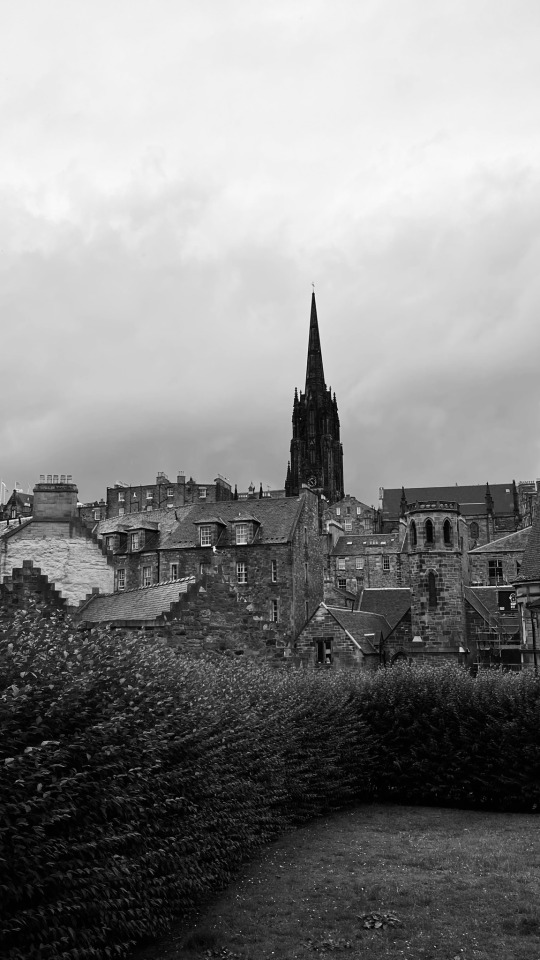



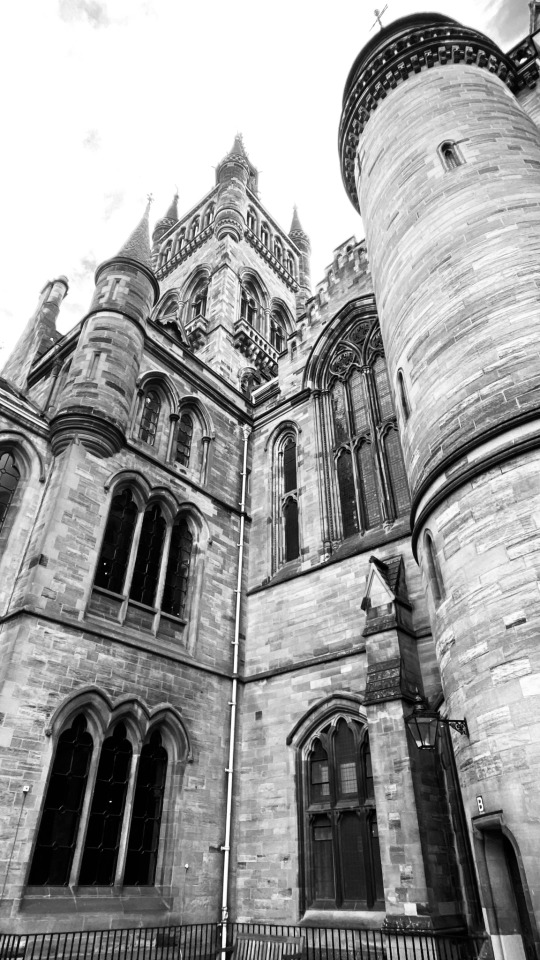

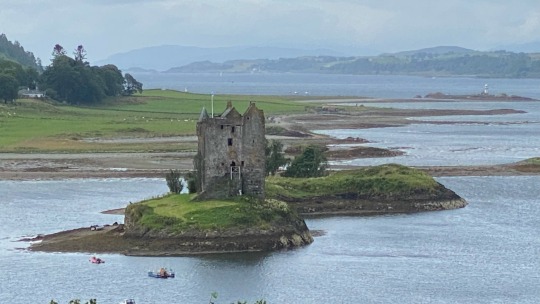

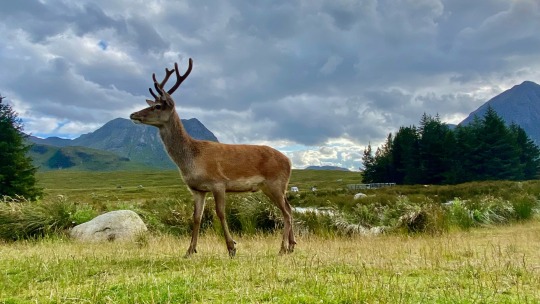
#scotland#edinburgh#fringe#edfringe#glasgow#pubs#lochs#scottish castles#cathedrals#scottish#the highlands#1800s#early 1700s#military tattoo
2 notes
·
View notes
Text
Carnasserie Castle | Argyll
Carnasserie Castle is a roofless ruin today, but it was once a fashionable residence incorporating many of the latest Renaissance influences.
It was the home of the first Protestant Bishop of the Isles, Master John Carswell, the castle is an accomplished piece of architecture, laid out as a single building integrating both a five-storey tower house and a hall range. Its masonry matched the design, with finely-carved features throughout.
Having undergone only minor alterations during the late 17th century, Carnasserie Castle is a superbly preserved example of 16th century architecture. Positioned on a hill overlooking the serene Kilmartin Glen. Blown up in 1685 by Royalist Forces during the Monmouth Rebellion, the castle fell into disuse.
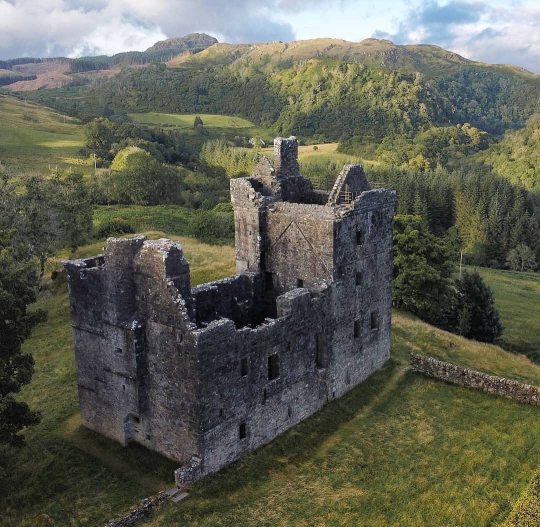
1 note
·
View note
Photo



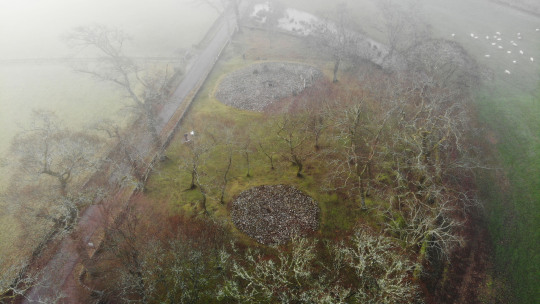
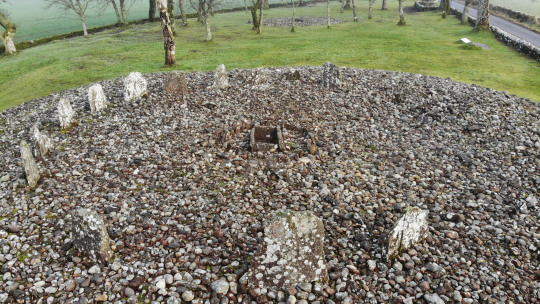





Kilmartin Glen, Argyll
This area has some of, if not, the highest density of Neolithic monuments and sites in all of Scotland. These 3 sites were all concentrated in and around the same field, but there are many more to the South and North.
The first site we visited are the Nether Largie Standing Stones. The form a line and some suggest that they are aligned with the path of the moon across the sky and may track the lunar cycle. Alternatively, the may be aligned with the sun. Either way, both sun and moon would have been important to Neolithic farmers to grow as many crops as possible. The largest of the Standing Stones also has 23 ‘cupmarks’, semi-circular indentations, which are quite commonly found around Scotland, but are typically associated with Pictish art on the East Coast. Perhaps this reflects who lived here before the Scots tribes came over from Ireland in the Iron Age and settled the West Coast of Scotland, eventually conquering all of it.
A few minutes walk and you arrive at Temple Wood Stone Circle, which is Neolithic, likely from 3000 BC, but people kept using the site and built chambered tombs here well into the Bronze Age, or around 1000 BC. There are two burial cairns, both collapsed, but the smaller one had some burial offerings in it (see the photo below). A clay pot, bone arrowheads and a scraper for funeral rites. Those items can be seen in Kelvingrove Art Gallery and Museum (also check out this video, where I visit Kelvingrove).

The last site we visited was a chambered burial cairn known as Nether Largie South Cairn. This one is well preserved and you can look inside (or climb if you aren’t afraid of disturbing the spirits ;)). It was especially interesting to see this from the air. There is also a small, box-sized shallow pit right next to the large cairn. This is probably the oldest monument in the glen, about 5000 years old, but it also would have been used for longer than that as a sacred site.
You can find my Youtube Vlog here of me visiting these sites.
#kilmartin glen#nether largie#standing stones#temple wood#stone circle#burial chamber#burial cairn#nether largie south cairn#archaeology#argyll#visit argyll#scotland#visit scotland#Scottish history#prehistory#ancient monuments#drone photography#landscape photography
359 notes
·
View notes
Text

Nether Largie Standing Stone, Kilmartin Glen, Argyll, Pen and Ink Sketch, October 2019.
#ice age#stone age#bronze age#copper age#iron age#neolithic#mesolithic#calcholithic#paleolithic#prehistory#Prehistoric#standing stone#standing stones#megalithic#megalith#monolith#kilmartin glen#archaeology#creative#education#penandink#pendrawing#inktober#cross arts#cross curricular#community#identity#belonging#scotland
103 notes
·
View notes
Photo

Temple Wood stone circle in Kilmartin Glen, Scotland.
3 notes
·
View notes
Text
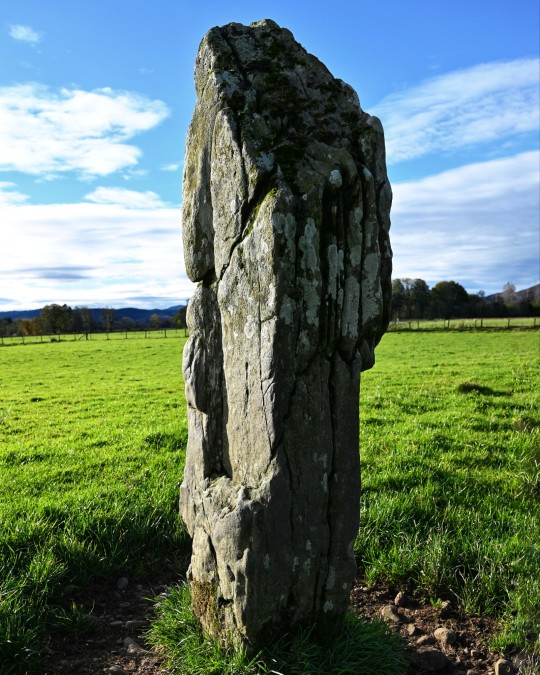
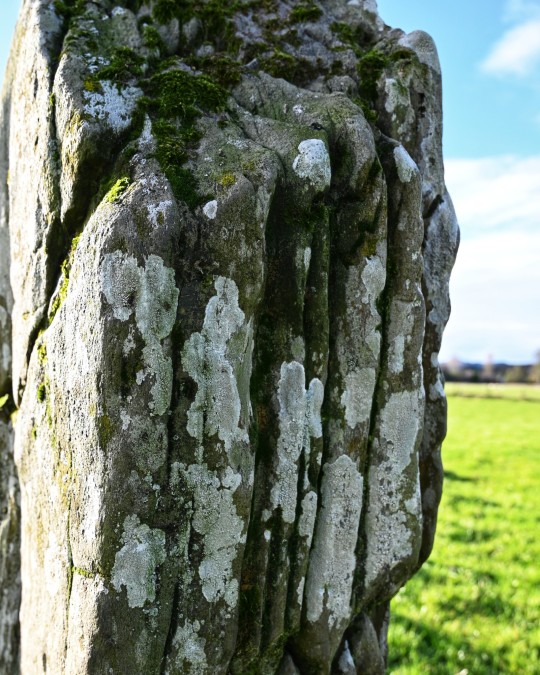


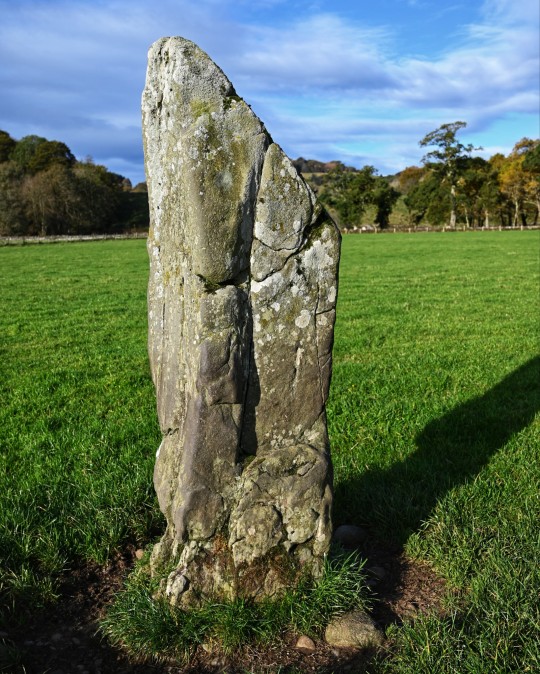
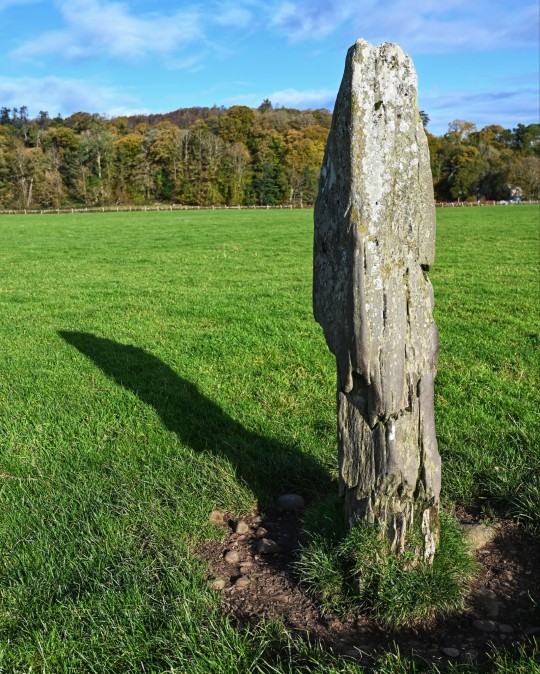

Nether Largie Standing Stone, Kilmartin Glen, Argyll, Scotland
First time visiting this particular monument!
#ice age#stone age#bronze age#copper age#iron age#neolithic#mesolithic#calcholithic#paleolithic#prehistoric#prehistory#standing stones#monolith#megalith#standing stone#archaeology#marker#ritual#Scotland#kilmartin glen
175 notes
·
View notes
Text
Argyll with Àdhamh: Part 4 of 4
Argyll with Àdhamh: Part 4 of 4

“Argyll with Àdhamh,” Parts 1-3
A love for the Outlander book and TV series and for Scotland put me in touch with one of the best possible ambassadors to the nation: Gaelic Language Consultant and Tutor Àdhamh Ó Broin (pron. AH ghuv o BROYN). Àdhamh worked with author Diana Gabaldon on her Outlandish Companion Volumes 1 and 2 about her currently eight-book Outlanderseries. He has also worked…
View On WordPress
#Adhamh O Broin#Argyll and Bute#Gaelic Language Consultant#Highlands and Islands#Kilmartin Glen#Kilmodan Parish Church#Kyles of Bute#Nether Largie standing stones#Outlander Starz TV show#Temple Wood Circle cairns#The Drovers Inn#Tighnabruaich
0 notes
Photo



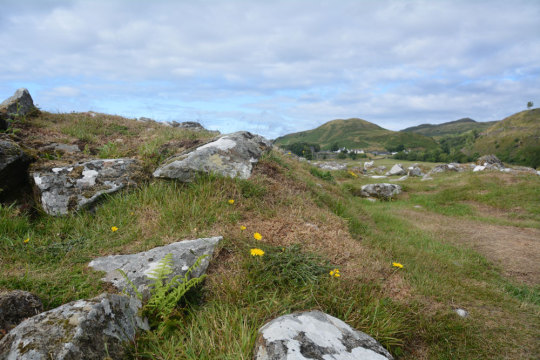
Nether Largie in Kilmartin Glen, Scotland, has one of the most plentiful concentrations of Neolithic and Bronze Age remains in the mainland of Scotland. Above pictured is Nether Largie South and Nether Largie Mid cairns. Both were built around 4,000-3,500 years ago and are associated with ritual practices and were used as burials. A rare axehead was found in Nether Largie Mid.
131 notes
·
View notes
Photo



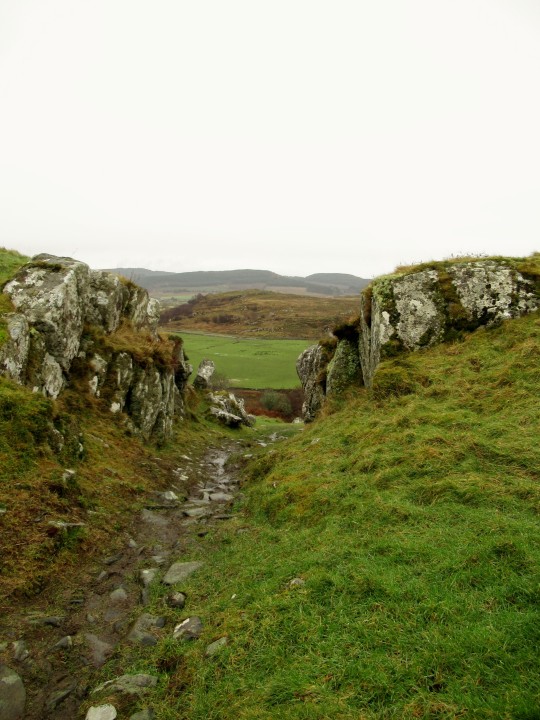


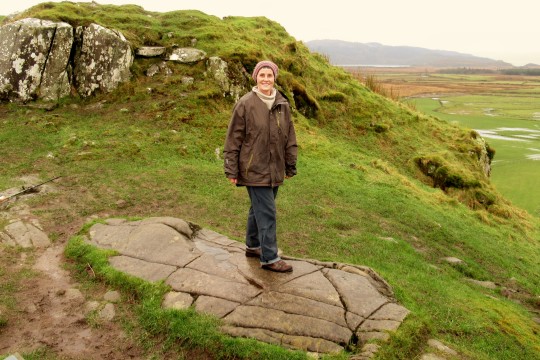
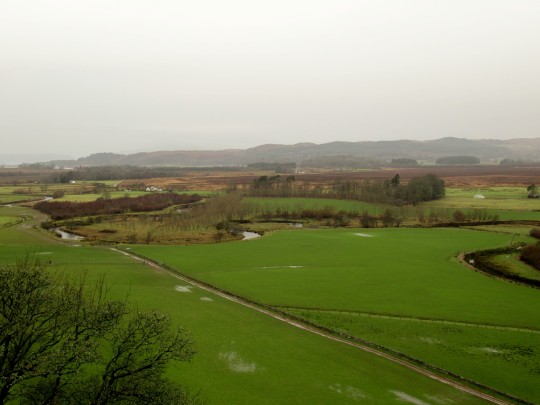
Kilmartin Glen is packed with interesting things to see, and one of those is Dunadd Hill Fort. It’s thought to have been the capital of Dál Riata, an extensive Gaelic kingdom founded in the 5th century that swept over much of Scotland’s west coast. Dunadd was a very important site for the civilization that would eventually become Scotland, and it’s where the Gaelic kings were crowned; the carved footprint & basin near its summit played a part in that ceremony (although there’s some disagreement about exactly how that worked).
tl;dr Sorry sailors, but I’m married to Scotland now! I put my foot in the stone footprint & that’s how it works. Enjoy life under my rule.
#don't worry I'll remember you all fondly after I'm crowned king#Scotland#Argyll#Dunadd#it's impossible to overstate the greatness of the Scottish outdoors#physically gorgeous and littered with history#I feel more nationalist & patriotic sentiment toward Scotland than I ever felt for the US#to clarify: American nature is A+#but US history sites have never moved me
7 notes
·
View notes
Text
""Prehistoric animal carvings, thought to be between 4,000 and 5,000-years-old, have been discovered for the first time in Scotland hidden inside Dunchraigaig Cairn in Kilmartin Glen, Historic Environment Scotland (HES) has announced.
The carvings, thought to date to the Neolithic or Early Bronze Age, include depictions of two male red deer, which are considered to have been the largest deer species in Scotland during this time. Full-grown antlers can be seen on both animals, while anatomical detail including a short tail can be seen on one. Three other quadrupeds are also visible, two of which are thought to be juvenile deer.
Valuable as sources of meat, hides, and with bones and antlers used for a variety of tools, deer would have been very important to local communities during the Neolithic and Early Bronze Age.
These are the earliest known animal carvings in Scotland, and the first clear examples of deer carvings from the Neolithic to Early Bronze Age in the whole of the UK."
44 notes
·
View notes
Photo

From my friend David C. Weinczok AKA The Castle Hunter on his blog and Twitter
"Now that I've sorted all 40000+ pics in my photo archive, I'll share 4 Scottish historic sites of all kinds for each letter every day. "
David has given me permission for his pics to be used in his
#ScottishWondersAtoZ, he supplies the pics I post a wee bit about the location. Hopefully it will give people an idea of where to visit in Scotland when tourism is reopened fully.
A is for Achnbabreck Cup & Ring Marks.
Still in Argyll, these well preserved Bronze Age cup and ring marks decorate a rocky outcrop at Achnabreck, at the amazing Kilmartin Glen.
Were they ritual, symbolic, spiritual, or 'just' an artistic expression? There are more questions than answers. We don't really know how old they are; all we can do is suggest that most similar rock art was carved between 3500 and 1000 BC, and the Achnabreck symbols probably date to the older end of that range, about 3000 BC.
At Achnabreck there are very large concentric ring marks on several rocky outcrops. The rings usually surround rounded depressions, or cup marks, rather like the rings of Saturn surround that planet. Gutters run through some of the rings, usually radiating out and down. Perhaps they were used to channel water out of the cup, but again, we do not know why.
The most impressive feature at Achnabreck is the circumference of the largest rings. These approach 1 metre across, that's a social distancing measure in today's language.
Achnabreck is signposted off the A819 just after it turns north into Kilmartin Glen. A forestry road runs east off the A road to a parking area, and from there a signed trail leads still further east for 500 metres to the carved stones. It should take no more than 10 minutes, and probably less, though good footwear is advisable as the trail can get wet and muddy.
Other carved rock outcrops around Kilmartin Glen include:
Ballygowan
Baluachraig
Cairnbaan
Kilmichael Glassary
Other monuments include:
Dunadd Hill Fort
Dunchraigaig Cairn
Glebe Cairn
Nether Largie North Cairn
Nether Largie Mid Cairn
Nether Largie South Cairn
Ri-Cruin Cairn
Temple Wood Stone Circle.
So there is lots to explore in this area.
35 notes
·
View notes

